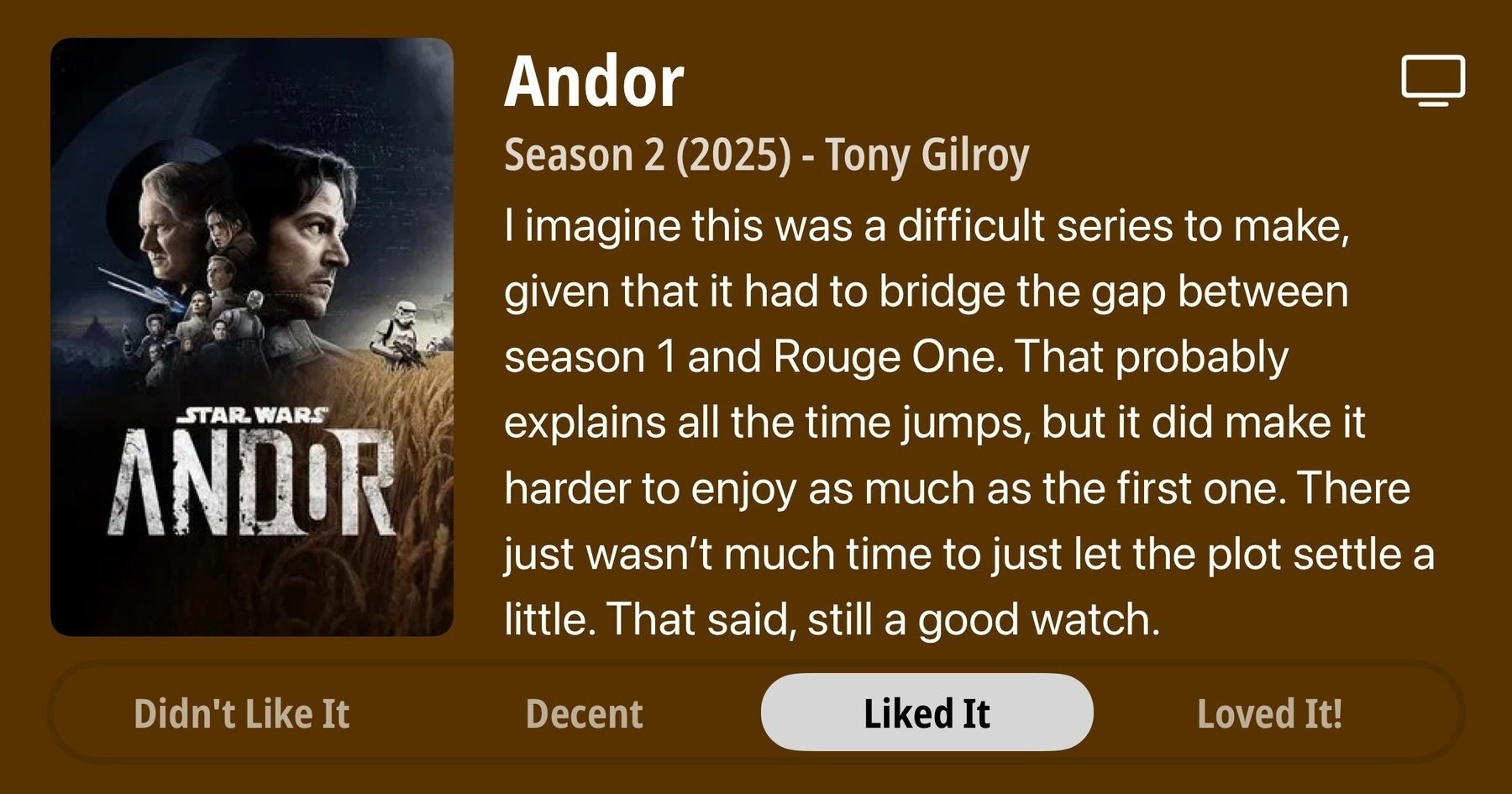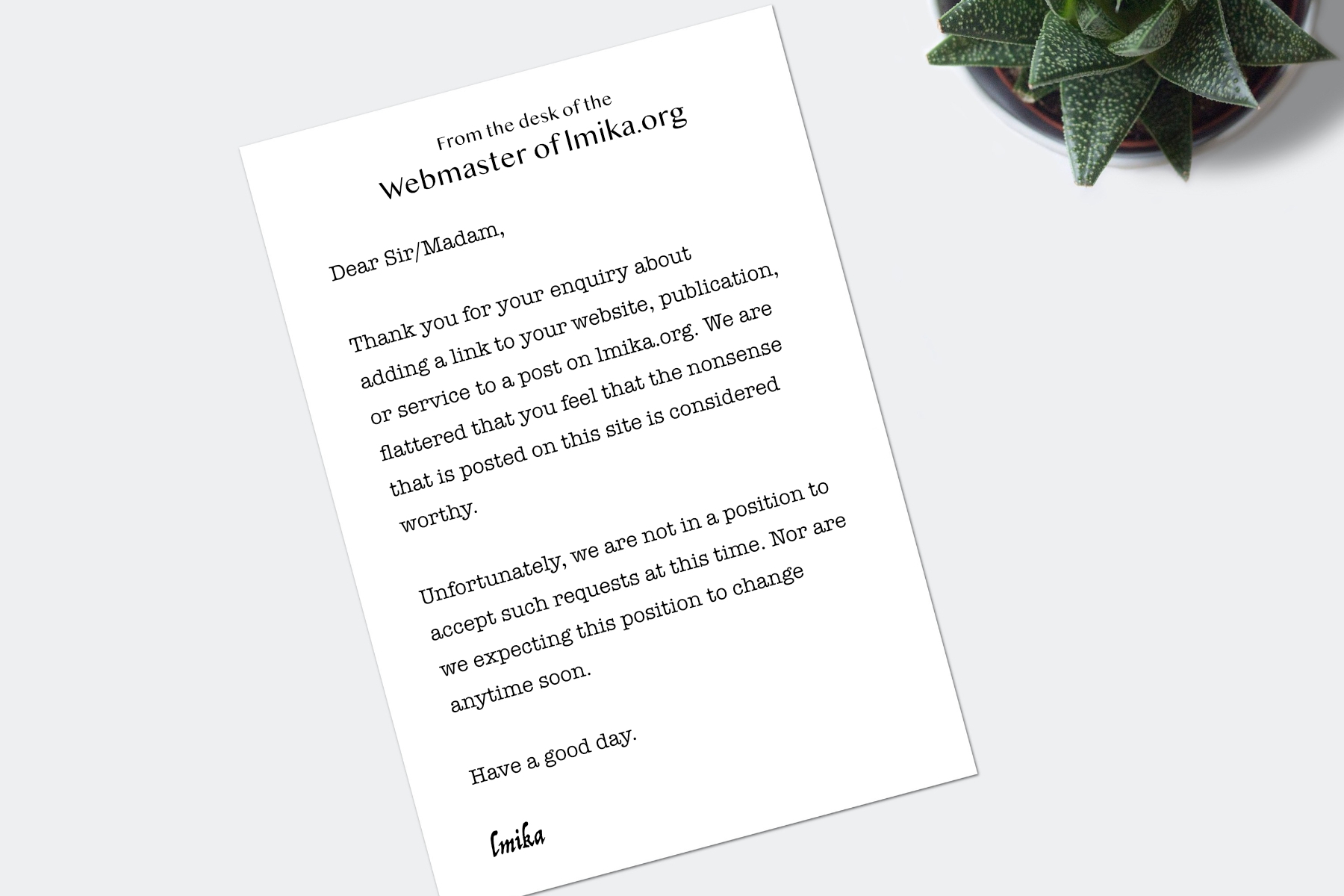-
Somehow, the access token for managing my account for a private podcast feed found it’s way into Google’s search index. A complete stranger emailed me about it, which I very much appreciated. Turns out they were searching for one of the query parameters involved in an OAuth 2 exchange: not something super common, yet common enough to be a problem.
The issue is resolved now but I’m wondering how it leaked. I’m usually pretty good at trying to keep links to private feeds private. The only thing I can think of is that I tried making a clip of that show using Pocketcasts. And since Pocketcasts now generates hosted clip pages rather than rendering a video, the tokenised link would’ve appeared there, along with the rest of the show notes. I didn’t post the clip, but maybe it made it’s way to Google’s index via that feature in some other manner. Some discovery thing, perhaps?
Anyway, I have alternative means of making my clips now, but for anyone else using Pocketcasts, just keep this in mind when making clips of private shows.
-
Wow, Amazon’s Step Functions are absolute hot garbage. Do not use!
For context, we’ve got a Step Function that we’re trying to trigger, but is failing to start for some reason. The error seems to suggest that Step Functions are unable to load resources, or get it from the cache, or some other reason (I don’t have the error in front of me). A problem with the Step Function runtime itself, rather than step function we’re trying to launch.
My understanding is that this is something that the Step Function mechanism should handle on it’s own. If I got to the point where I could launch the Step Function only to have it die on me, shouldn’t that be something the runtime should handle? They’re asynchronous workflows, so a few retries are warranted, surely. Can load the resource? Well, try again. You seem to have no problem with me trying to launch it manually a second time.
So frustrating!
-
I wonder if anyone’s considered a system for measuring length where one unit equals the distance an object needs to be to look like the height of someone’s outstretched thumb. One “thumbkin”, if you will.
-
Number of days since I’ve embarrassed myself by forgetting the name of someone I work with: 0
-
For anyone else who needs to know this: the town north of Castlemaine is Harcourt. It’s not Clarkefield; that’s north of Sunbury.
-
📺 Andor: Season 2 (2025)

-
📘 Devlog
Dynamo-Browse Now Scanning For UCL Extensions
Significant milestone in integrating UCL with Dynamo-Browse, as UCL extensions are now being loaded on launch. Continue reading →
-
For anyone else who’s feeling out of sorts today, here’s my recommendation: get a haircut. With your head not in it’s right place, having it uncomfortably poked and prodded with sheers and shavers is oddly satisfying.
-
Seems fitting that the cafe should be playing Fleetwood Mac’s Black Magic Woman as I’ve been on a Fleetwood Mac kick all week. And not for the first time. Maybe it’s a May thing.
-
🕹️ Word Play
Enjoyed playing the demo of this new game by Mark Brown, the person behind the GMTK YouTube channel (apparently the only games I play are from those on YouTube). Got to the last stage but didn’t quite make it. Was 40 points short of victory.
-
TIL the difference between an “editorial” and op-ed". Both are opinion pieces, but an op-ed is by a specific contributor, sometimes outside the publication, whereas an editorial, or “leader,” is an opinion piece by the publication itself. Also, “op-ed” is short for “opposite the editorial page.”
-
Has anyone considered that maybe the reason “io” is not capitalised is because the shift key on their 2017 MacBook Pro is broken. 😜
(lmika has used up 1 of 1 snark posts for the day. Quota will be refreshed tomorrow.)
-
🔗 Inessential: My Wildly Incorrect Bias About Corporate Engineers
I was impressed, and grew more impressed as time went on, by my fellow engineers’ rigor, talent, professionalism, care, and, especially, ability to work with other people toward common goals.
As someone who has only worked in mid-sized businesses (and government) I appreciate Brent Simmons — a developer who I admire and whose software I use every day — candour here. Admitting your biases is not easy.
I know the indie life is romantic. Believe me, nary a day passes where I don’t romanticise about it. But speaking for myself, I think people’s reluctance to go that route is less to do with ability and more to do with the non-technical side, like security, confidence, thinking you have a good idea (not to mention being simply being in a position to take that opportunity). I wonder if some day the stars will align and I’d be in a position to take the plunge. Time will tell, I guess.
-
Bell and chime instruments playing a single note in C5 have been ruined for me as they sound exactly like the Slack notification chime.
-
Moved Blogging Tools from a Linode VPS, hosted in Sydney, to a Hetzner one, and now one the services it calls out to is returning 404s. I originally thought it’s because the service is not available in Germany, but I tried moving it to Singapore next and it’s still returning 404. Very odd.
-
Just got a message from the real-estate agent I bought my current house from that it’s been 10 years since settlement. A worthy milestone. Saying that the time flew by is trite, but it really feels like the last 5 years was just a blink of the eye.
-
In this week’s I wish Obsidian did a thing, oh wait there might be a plugin for this, ah there is find: Note Archiver. Adds a new context menu item to move notes into an Archive directory. Works seamlessly with my manual archiving approach.
-
Kind of crazy that we now live in a world where it’s easier and potentially cheaper for restaurants and cafes to display their menu on 80 inch LCD TVs than it would be to just have a sign made.
-
To whom it may concern.

-
🔗 Pixel Envy: The Future of British Television in a U.S. Streaming World
The BBC has problems, but it matters to people. If a country values its domestic media — particularly public broadcasting — it should watch the future of British media closely and figure out what is worth emulating to stay relevant. The CBC is worth it, too.
I’d add that the ABC (Australian Broadcasting Cooperation) and SBS are worth it too. Culturally speaking, it’d be a sad day if those were to go away.
-
Don’t underestimate the utility of naming meeting rooms. As someone who was almost late to a meeting in the “conference room next door, but not that one you’re thinking of,” they can be super useful.
-
People at work were always talking about a bánh mì place that was “across the road.” Today, I realised that they weren’t referring to the major road a few doors down from the office, but literally across the street the office is located on (you can see it from the front door). Pretty decent bánh mì.
-
Watching an integration video to learn more about how to work with an API service provider. First slide:
We use HTTP REST, which has 4 verbs: GET, POST, PUT, DELETE. You just used a GET to get this video…
Ah, I guess we’re starting this story at the Big Bang. 😩
-
I know for myself that if an OS vendor started designing their products thinking that I’d want an emotional connection with my computer, I’d start looking for another OS vendor. This is coming from someone who’s turned off Siri on all their Macs. I’m here to use my computer, not make new friends.
-
All the recent changes to UCL is in service of unifying the scripting within Dynamo Browse. Right now there are two scripting languages: one for the commands entered after pressing
:, and one for extensions. I want to replace both of them with UCL, which will power both interactive commands, and extensions.Most of the commands used within the in-app REPL loop has been implemented in UCL. I’m now in the process of building out the UCL extension support, start with functions for working with result sets, and pseudo-variables for modifying elements of the UI.
Here’s a demo of what I’ve got so far. This shows the user’s ability to control the current result-set, and the selected item programatically. Even after these early changes, I’m already seeing much better support for doing such things than what was there before.